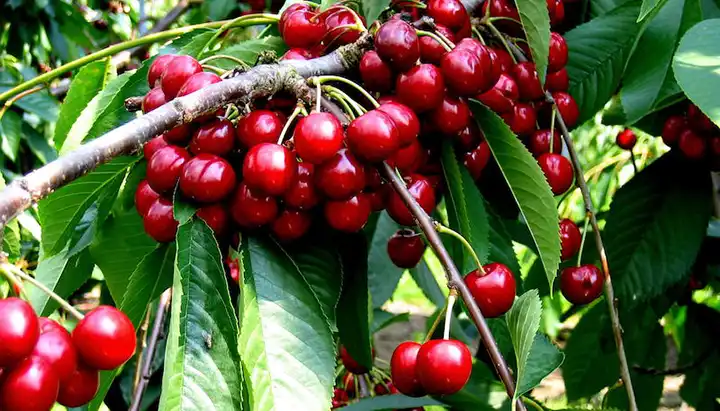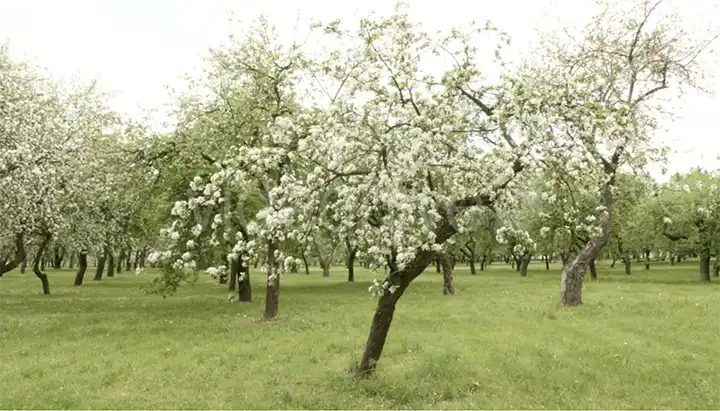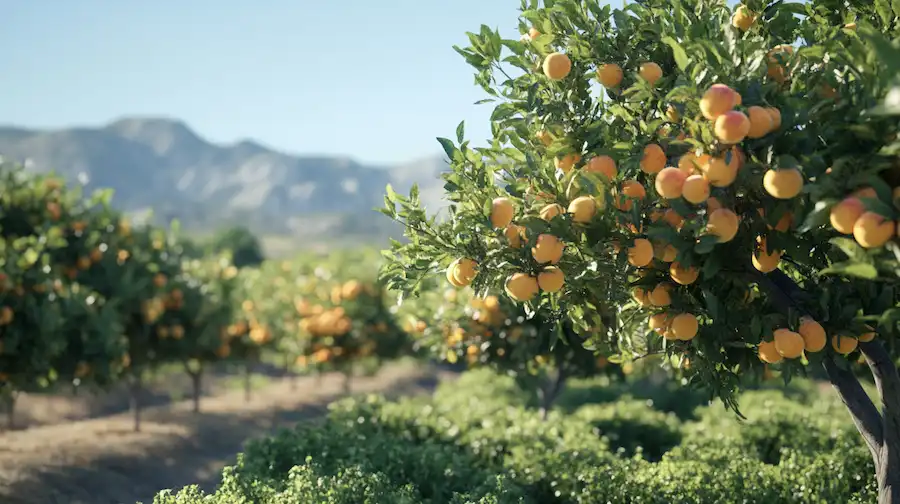7 Amazing Secrets to Grow Peppers Faster, Bigger, and Better
Growing peppers can be incredibly rewarding, offering a vibrant addition to your garden and a versatile ingredient in your kitchen. To help you get the most out of your pepper plants, here are seven secrets that will ensure they grow faster, bigger, and better.
1. Start Seeds Indoors
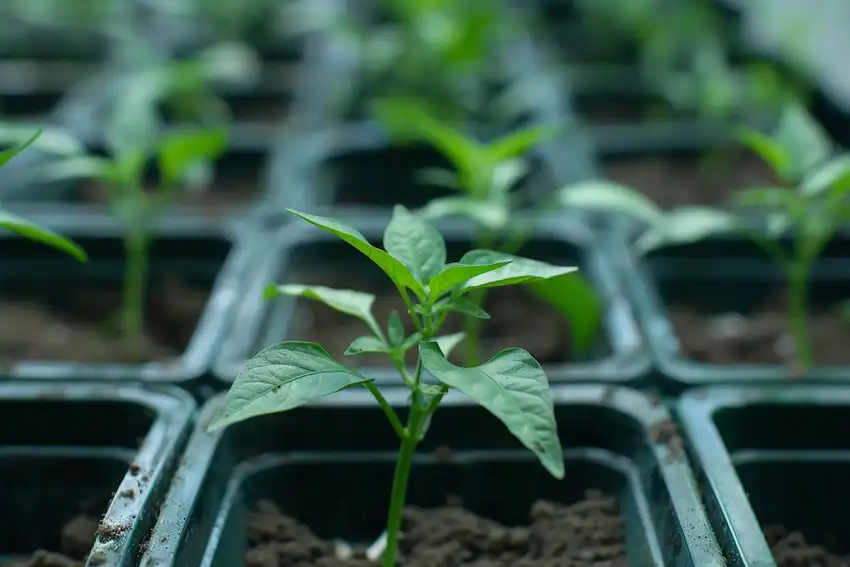
Starting your pepper seeds indoors is crucial for a head start on the growing season. Peppers need a long growing period, and starting them indoors 8-10 weeks before the last frost date ensures they have ample time to develop strong roots and stems before being transplanted outdoors.
Tips:
- Use a high-quality seed starting mix.
- Keep the seeds in a warm environment, around 70-85°F (21-29°C).
- Provide plenty of light, ideally 14-16 hours a day using grow lights.
2. Use Epsom Salt
Epsom salt is a fantastic, natural way to give your pepper plants a boost. It provides magnesium and sulfur, essential nutrients that promote healthy growth and increased fruit production.
How to Use:
- Mix 1 tablespoon of Epsom salt with a gallon of water.
- Spray the solution on the foliage of your pepper plants once a month during the growing season.
- Alternatively, you can sprinkle a teaspoon of Epsom salt around the base of each plant and water it in.
3. Choose the Right Location
Peppers thrive in warm, sunny locations. Ensure your garden spot receives at least 6-8 hours of direct sunlight each day. The soil should be well-draining and rich in organic matter.
Tips:
- If growing in containers, use pots that are at least 12 inches deep.
- Amend the soil with compost or well-rotted manure to improve fertility and drainage. Learn more about how to grow jalapeno peppers without soil.
4. Water Consistently
Consistent watering is key to preventing issues like blossom end rot and encouraging steady growth. Peppers prefer evenly moist soil but are sensitive to waterlogged conditions.
Tips:
- Water deeply and consistently, ensuring the soil remains moist but not soggy.
- Mulch around the base of the plants to retain moisture and reduce watering frequency.
5. Fertilize Regularly

Feeding your peppers with the right nutrients at the right time is essential for their development. Use a balanced fertilizer that provides a good mix of nitrogen, phosphorus, and potassium.
Tips:
- Apply a balanced fertilizer (10-10-10) when planting.
- Once the plants start to flower, switch to a fertilizer with higher phosphorus and potassium content to encourage fruit development.
- Fertilize every 2-3 weeks during the growing season. For more tips, check out cultivating robust tomatoes and peppers.
6. Prune for Better Air Circulation
Pruning your pepper plants can help improve air circulation, reduce the risk of disease, and promote larger fruit production.
How to Prune:
- Remove the lower leaves and branches that are touching the soil.
- Pinch off the growing tips of the main stems to encourage bushier growth.
- Regularly remove any dead or yellowing leaves. Learn more about how and when to prune peppers for maximum production.
7. Companion Planting
Companion planting is an excellent way to naturally boost the growth of your pepper plants. Certain plants can deter pests, provide shade, or improve soil health.
Best Companion Plants for Peppers:
- Basil: Repels aphids, spider mites, and other pests.
- Marigolds: Help deter nematodes and attract beneficial insects.
- Onions and Garlic: Repel aphids, beetles, and other common pests.
- Tomatoes: Peppers and tomatoes grow well together, benefiting from similar care requirements. Discover the essential trio of why tomatoes, peppers, and cucumbers thrive on compost.
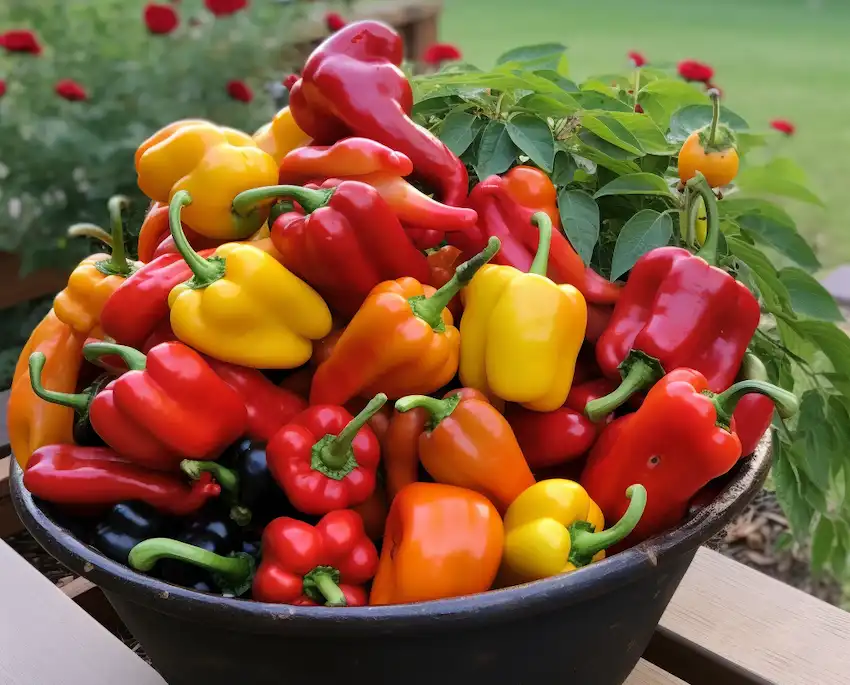
By implementing these seven secrets, you can grow peppers that are faster, bigger, and better. From starting seeds indoors and using Epsom salt to choosing the right location and practicing companion planting, each tip plays a crucial role in ensuring a bountiful harvest. Happy gardening, and enjoy the fruits of your labor!

















